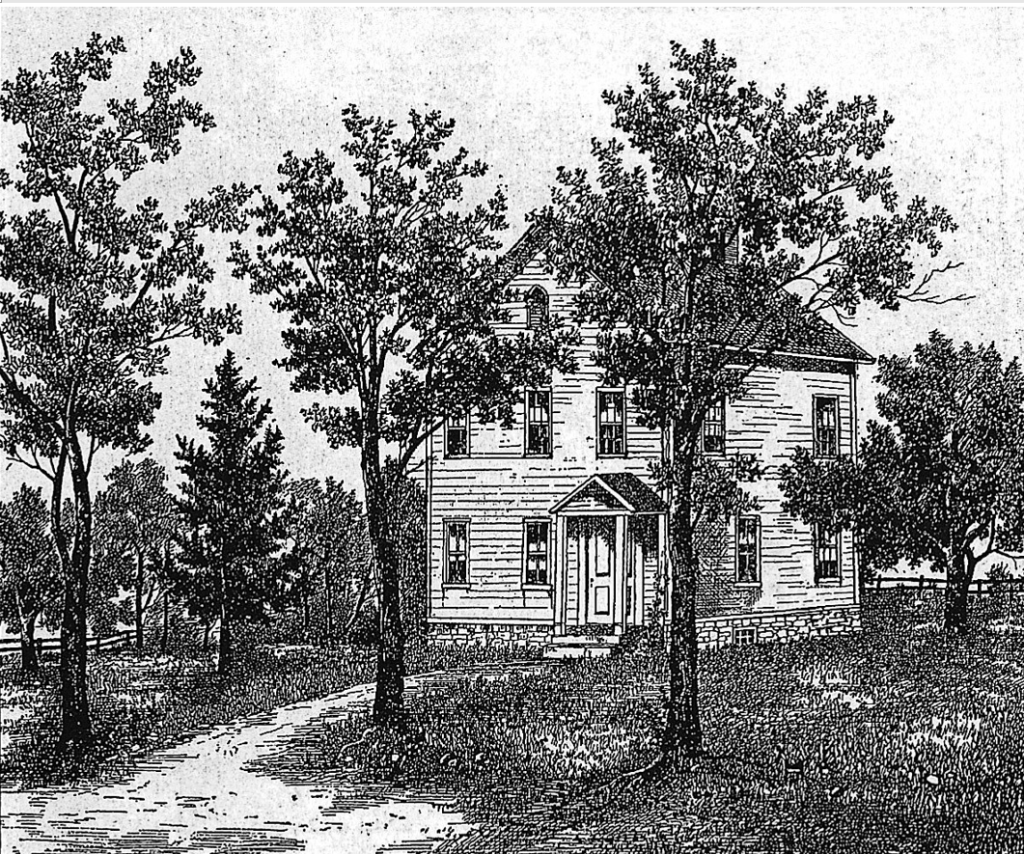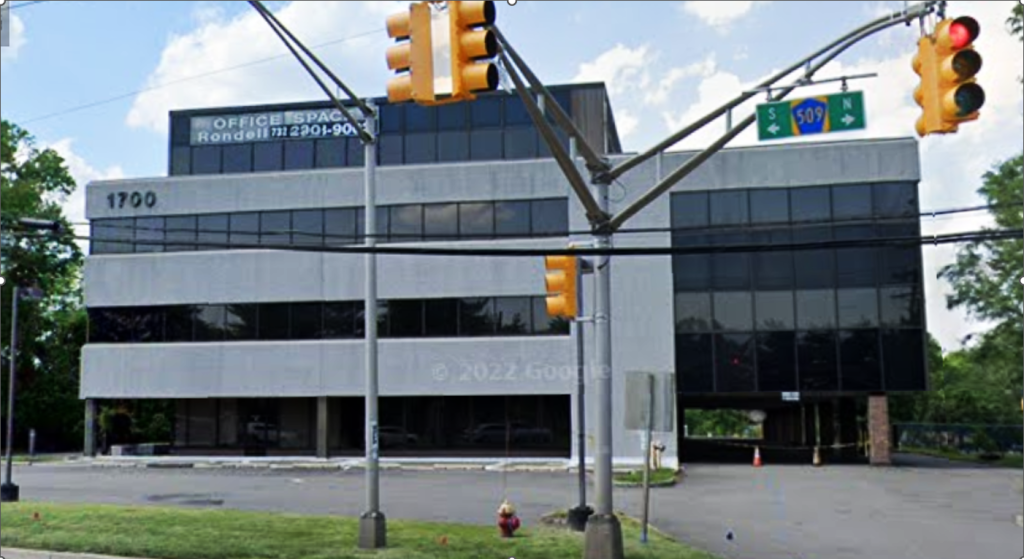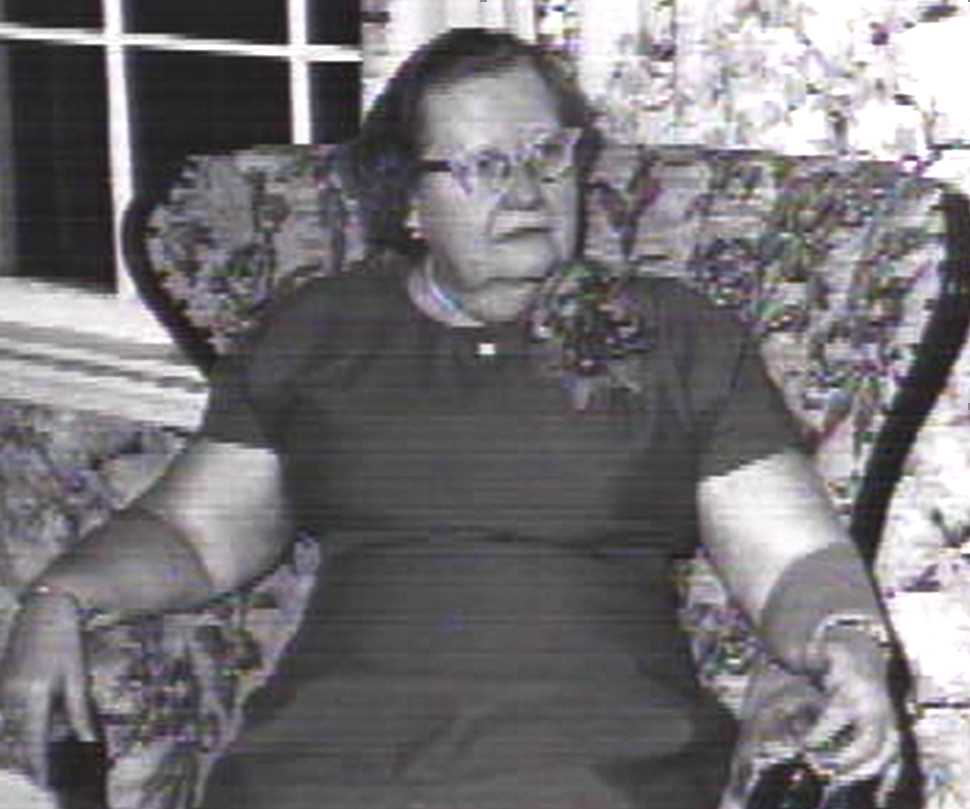
Source: Historic Signs
Discovering Kenilworth’s “Model Homes”
When a builder or developer plans to erect a large number of homes, the builder typically promotes the sale of those homes with a brochure containing a picture of a typical home to be built or constructs a “model home” for potential buyers to see firsthand. That was the case for many Kenilworth housing developments dating back to the mid-1890s when the future Borough of Kenilworth was still all farmland. The future Kenilworth was then part of a large land development project calling and area in parts of Union and Cranford New Orange. This article is “Part 1” of an extended series of articles identifying the many model and promotional brochures used to entice potential residents to buy a home in one of 12 developments built in Kenilworth over the period from the late 1890s until the final large tract in 1960. Some models are gone; some remain. Some have been so extensively remodeled that they are difficult to recognize from their original design. So, let’s find as many of them as possible.
Back about 1895 the New Orange Industrial Association began marketing the area for people to buy lots for future homes in New Orange, which included present-day Kenilworth. The Association published a fancy brochure claiming many virtues – which never came about. These included an opera house, a huge lake with a boating house and yacht club, a massive city hall and other “gimmicks” to lure buyers here. Numbers of houses existing then were included in that brochure that to attract buyers.

Credit: Google 2022
Research suggests that one of the homes depicted in 1895 was a small farmhouse then owned by the Fink family. Research suggests it may have dated to 1860 or earlier. A small farmhouse, it was located on the north side of Galloping Hill Rd. between what today are the Garden State Parkway and Graceland Memorial Park. NJ census records indicate that in 1895 it was owned by William Fink (1823-1904); his wife was Sarah (1826-1900). He was a market gardener. By the time of the 1910 Federal Census, the home was owned by his son, Amos Fink (1860-1937); his wife was Grace (1870-1950). He was a farmer. For two generations under William and his son, Amos, the Finks farmed much of the land along Galloping Hill Rd. Some of which is now occupied by Graceland Memorial Park and a larger portion on land now occupied by Merck Pharmaceuticals.

Source: Historic Signs
By the 1920s and into the 1930s the home was owned by Amos’s brother, Silas Fink (1863-1937). Silas was married to Emily (Emma) Greenwald (1864-1945). Silas was not a farmer. He worked as an electrician and later as a carpenter. With his passing, his widow, Emily, remained in the home until 1942 before moving to PA to live with her son, Leon (1886-1954) until her death in 1945.
After 1942 and three generations of Finks having lived there, the home was no longer owned by a Fink family member. Sometime in the 1960s, this small farmhouse that in 1895 was used to help attract people to New Orange, was torn down. An office building now stands there.
More to come in the next edition of this newspaper. Watch for Kenilworth’s first 40 houses and then building 100 more in 100 days before 1900. How were they marketed?
Research provided by Walter E. Boright, Ed. D., historian, and Historic Signs, Inc. Persons with inquiries about this or other Kenilworth history topics may contact Dr. Boright at drbori@aol.com or 908-256-5200.
